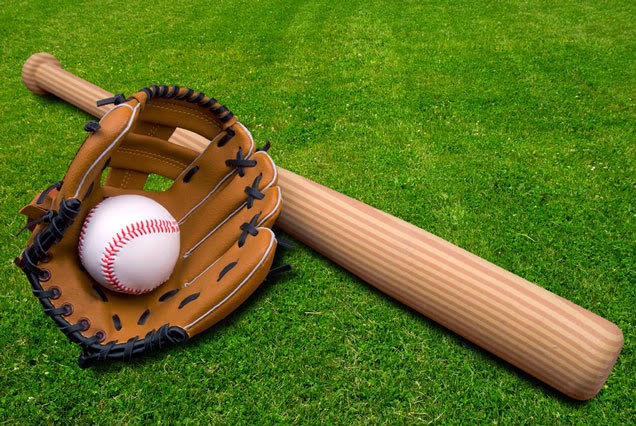By Kelsea Offner
Photo Credit: Photobucket
More
than 3.5 million middle and high school student athletes are treated for sports
injuries each year, with nearly 50% occurring to due overuse (Mandel, 2013). Far
too often young athletes have to give up one of the things they love the most
because they have exerted their bodies at a young age. Injuries and physical
fatigue has become an increasing problem with athletes, young and seasoned. The
demand for performance forces the athletes to push through the times when their
bodies have told them to stop and rest. After injuries, athletes are pressured
to return to play, whether they are actually 100% or not, especially if they
are a key player on the team. Working with these athletes can be extremely
difficult, as they may be confused about what their options are and how best to
pursue so they may continue to play.
One
such athlete is Sierra Amundson, a junior high-school softball pitcher who
overcame what could have been a career-ending injury (Rohrbach, 2014). Just as
her career was beginning, Amundson was faced with the decision to undergo Tommy
John surgery, a surgery common to American pitchers used to reconstruct the
medial ulnar collateral ligament (UCL), on her right elbow and take a year off
for the rehabilitation (Erickson, et al., 2014). The determined young pitcher,
however, knew she would not be able to sit out a full year and watch her
teammates play without her, and so she worked hard to switch to pitching as a
lefty (Rohrbach, 2014). As Amundson worked to increase her strength and
accuracy as a newly formed left-handed pitcher, she continued to rehab her
dominant elbow, allowing her ligaments to rest and heal so she can now utilize
both arms to pitch, though she has limited pitches with her right arm
(Rohrbach, 2014).
This
is just one of the many stories of athletes overcoming major obstacles in order
to be able to play the sport they love. However, should athletes as young as
Amundson need to worry about switching pitching arms or going through
rehabilitation for a year and missing out on playing time? Today, young
athletes are pushed to perform at their peaks for as long as possible in the
hopes of moving to the next level of play. Private lessons are being provided
on top of the athlete’s normal practices, causing them to exert their bodies
more quickly and injure themselves. It is important for sport psychology
consultants to work with the athletes, help them find their voices, and help
them learn how to stand up for themselves when their bodies are not 100%. It is
my suggestion that consultants working with young athletes become familiar with
programs and campaigns such as STOP
Sports Injuries to help prevent unnecessary injuries in young athletes
(Mandel, 2013). Acting as an advocate for your athletes and educating them on
being aware of their bodies and to not
be afraid to acknowledge when they need to rest can be an important step in
preventing avoidable injuries.
References
Erikson, B., Gupta, A., Harris, J.,
Bush-Joseph, C., Bach, B., Abrams, G., San Juan, A., Cole, B., and Romeo, A.
(2013). Rate of return to pitching and performance after Tommy John surgery in
Major League Baseball pitchers. The
American Journal of Sports Medicine, 42(3), 536-543. doi:
10.1177:0363546513510890
Mandel, K. (2013). STOP SPORTS
injuries. American Fitness, 31(3),
40-41.
Rohrbach, B. (2014, April 4). Softball
player switches pitching hands rather than undergoing Tommy John surgery. Yahoo Sports Prep Rally. Retrieved from:
https://sports.yahoo.com/blogs/highschool-prep-rally/softball-player-switches-pitching-hands-rather-than-undergoing-tommy-john-surgery-154625117.html?soc_src=copy

No comments:
Post a Comment